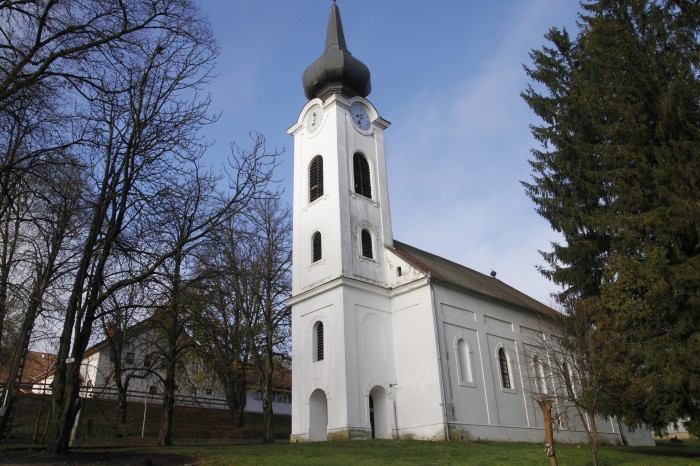A történelmi Őrség múltjának meghatározó részét képezi a református hit. A XVI. században elterjedő református vallás olyannyira mélyen meggyökerezett, hogy a XVIII. század rekatolizációs törekvései ellenére is az Őrség népe kitartott református hite mellett. A református vallás korabeli üldözése mellett az őrségi hívek felvállalták a vasárnapi istentiszteletre való messzi eljutást is, Kustánszegre. A III. Károly király által kiadott Charolina resolutiot követő templomfoglalások és az úgynevezett „árvaság kora” (1732-1783) következményeként a lakosság egy része kitelepült Somogy vármegye egyes részeire. Az itthon maradottak állhatatossága a XIX. század elejére meghozta gyümölcsét, az őrségi egyházmegyében 1808-tól már mindenütt választott presbitérium vezette a gyülekezeteket. Az őrségi reformátusok egyre gyarapodó hitét az első világégést követő határcsonkítás, illetve a II. világháborút követő pártállami diktatúra sem tudta teljesen megtörni. Az őrségi reformátusság épített örökségét számos templom és harangláb őrzi a ma embere számára. Az őriszentpéteri templom 1790 körül épült, de tornyot csak egy évszázad elteltével kapott.

The retormed faith was a decisive feature in the past ot the historical Őrség region. During its spread in the 16th century, Calvinism had taken so deep roots that in spite of the re-catholicisation efforts in the 18th century the people of the Őrség region had firmly held to their reformed faith. ln the spread of reformation the Batthány, Nádasdi and Széchy families had also played an exemplary role. Desplte the prosecution of reformation at the time, the reformed believers of the Őrség region had even undertaken to go to a faraway place, Kustánszeg, for the Sunday service. As a consequence ot the church occupations following the issue of the Carolina resolutio by King Károly (Charles) III and the what is known as „ the age of orphanage” (1732-1783), part of the population had moved to certain parts of Somogy county. The resoluteness of those who remained in the Őrség region had borne its fruits by the beginning of the 19th century. ln the Őrség region the diocese congregations had been fed everywhere by an elected presbytery from 1808 onwards. The growing faith of the reformed in the Őrség region could not be completely broken even by the truncation of the borders after World War 1 or the party-state dictatorship following the Second World War. The architectural heritage of the reformed faith in the Őrség region has been kept and maintained for the present generations by numerous churches and belfries. The temple in Őriszentpéter was built around 1790, but the steeple was finished just after a century.









